If you’re anything like me, an avid hiking enthusiast with a passion for the great outdoors, you know that every journey offers its own unique challenges. From the icy grip of snowy peaks to the blazing heat of desert landscapes, I’ve personally navigated these varied terrains and faced their trials head-on.
Throughout my adventures, there was a lot more I discovered about effective hiking than just placing one foot in front of another. After conducting intensive research and on-ground experiences, I’m here to share 19 insightful tips that will empower you to handle any terrain nature could possibly set before you confidently.
Buckle up! We’re not only going to hone your skills as a hiker but expand your horizons into becoming an all-rounded adventurer!
Key Takeaways
- Research the trail and its terrain beforehand to plan your hike better.
- Get the right gear for the specific terrain you’ll be hiking in, such as proper footwear and protective gear like hats and sunscreen.
- Practice and cross – train to match the challenges of different terrains by focusing on strength, balance, and endurance.
- Hone basic hiking skills like packing your bag correctly and tackling steep uphills and downhills.
Comprehensive Guide to Hiking in Different Terrains
Hiking is all about exploring diverse landscapes. Each place has its own charm and challenges. Sand, rock, or snow – every terrain needs a unique approach to enjoy it fully.
You must adjust your steps for each different ground you step on. Hiking in boulder fields asks for light, careful steps to avoid falls. River crossings need slow, steady moves to keep balance.
When hiking up steep hills, short quick steps work best.
Taking the right gear helps a lot too when adjusting to the terrain while hiking. Have good boots with grip for rocky paths and high tops for sand trails to keep grit out.
Honing basic skills like packing right can lift your hiking game too! A backpack put together well can help balance weight better over uneven spots – vital when tackling tricky slopes up or down!
Kyrgyzstan offers many popular hiking trips through varied sceneries that will test all these tricks! Here mountains rise sharp against clear blue skies for some awesome views as you train in this high land.
Just follow these tips and let go of worries! Dive into nature’s beauty headfirst without any fear next time you hike! Whether novice or pro hiker, learning from my experience provides more fun on hikes up those lovely hills!
Tips for Hiking Preparation
To prepare for your hike, choose a trail that suits your travel time, distance, elevation, and difficulty level. Get in shape with a hiking workout routine and pack light by including essential items and optional extras.
Dress appropriately using the 3-layer clothing approach and make sure to pack proper footwear and gear. Create a comprehensive packing list to ensure you have everything you need for a successful hike.
Pick the appropriate trail based on travel time, distance, elevation, logistics, time of year, and difficulty level.
I always make sure to pick the right trail for my hikes. Here are some good tips I follow:
- I look at how long it will take me to travel the trail.
- I consider the total distance of the hike.
- The higher or steeper the path, the harder it gets, so I take note of elevation.
- I know logistics matter a lot – like how easy it is to get to and from the trail.
- Weather changes everything! So, the time of year plays a big part in my decision.
- Finally, am I up for an easy stroll or a tough trek? That’s when I check the difficulty level.
Get in shape for your hike with a hiking workout routine.
To get in shape for my hike, I follow a tailored workout routine. First up is stamina building: I hit the gym and walk on the treadmill to give my legs a real test. This type of exercise also boosts my cardiovascular health and prepares me for long trails ahead.
Then, I focus on strength training with specific exercises to prevent injury while hiking. All this attention to fitness helps keep blisters at bay during hikes too! Don’t forget about balance – it’s key when tackling uneven terrain or river crossings.
Some days, I work on flexibility exercises as well, since they are just as important for a hiker like me!
Pack hiking essentials and optional extras, keeping in mind to pack light.
As a hiking enthusiast, I know the importance of packing light for my hikes. Here are some essentials and optional extras to consider for your hiking pack:
- Lightweight gear: Opt for lightweight equipment that won’t weigh you down during your hike.
- Essential items: Don’t forget to pack the Ten Essentials, including items like a map, compass, sunscreen, and first aid kit.
- Clothing: Pack appropriate clothing based on the weather and terrain you’ll be hiking in. This includes base layers, pants or shorts, and a waterproof jacket or vest.
- Accessories: Remember to bring a hat to protect yourself from the sun, socks that will keep your feet dry and comfortable, gloves for colder weather, and sunglasses to shield your eyes.
- Underwear: Choose moisture-wicking underwear that will help keep you dry during your hike.
Use the 3-layer approach for clothing to ensure comfort and protection.
When hiking, it’s important to dress in layers for comfort and protection. This 3-layer approach will keep you comfortable throughout your hike. The first layer should be breathable to keep you dry by wicking away sweat.
The second layer provides warmth and breathability, while the third layer protects you from the elements like wind and rain. Dressing in layers allows you to adjust your clothing as needed, keeping you comfortable no matter the weather conditions on your hike.
Pack clothes from head to toe, including proper footwear and gear.
When going hiking, it is important to pack the right clothes and gear. Here are some tips for what to pack:
- Start with form – fitting innerwear like underwear, base layers, a hiking shirt, and pants.
- Layer your clothing by starting with the innerwear and then adding looser clothes on top.
- Pack proper footwear, such as hiking boots or shoes that offer good traction and support.
- Don’t forget to bring any necessary gear, like a backpack, trekking poles, or a hat for sun protection.
Prepare a comprehensive packing list for your hike.
When going on a hike, it’s important to be prepared and have all the necessary items with you. Here is a comprehensive packing list to ensure you have everything you need for your hike:
- Hiking essentials:
- Map and compass for navigation
- Sunscreen and sunglasses for sun protection
- Insect repellent to ward off bugs
- First aid kit for any emergencies
- Whistle for attracting attention
- Multi – tool or knife for various purposes
- Day hiking gear:
- Backpack to carry all your essentials
- Water bottle or hydration pack to stay hydrated
- Snacks and meals for energy during the hike
- Headlamp or flashlight in case of low light conditions
- Trekking poles for added stability and support
- Extra batteries or power bank for electronic devices
- Hiking clothing:
- Moisture – wicking shirt and pants for comfort and to keep dry
- Layered clothing options for changing weather conditions
- Sturdy hiking boots with good traction
- Socks made of moisture – wicking material to prevent blisters
- Hiking accessories:
- Hat or cap for sun protection
- Gloves and hat for colder weather hikes
- Rain jacket or poncho in case of rain showers
- Gaiters to protect your legs from debris and mud
- Printable hiking list:
Tips for Hiking in Different Terrains
Researching the trail and its terrain beforehand, getting the right gear for specific terrains, and practicing basic hiking skills are just a few tips that can enhance your hiking experience.
Read on to discover more valuable insights for navigating various terrains with confidence and ease.
Research the trail and its terrain beforehand.
Before hitting the trail, it’s crucial to do some research and get familiar with the trail and its terrain. By looking at maps or brochures, you can find out important details like how long the trail is and how difficult it might be.
Understanding the characteristics of the trail will help you plan your hike better. You’ll also get useful information about the distance you need to cover and what kind of terrain you’ll encounter along the way.
So take some time to research beforehand to ensure a safe and enjoyable hiking experience.
Get the right gear for the specific terrain you’ll be hiking in.
I always make sure to get the right gear for the terrain I’ll be hiking in. It’s important to have the appropriate equipment to ensure a safe and comfortable hike. Here are some key considerations when it comes to choosing your gear:
- Research each trail beforehand to understand the specific terrain you’ll encounter.
- Take into account seasonal variations in hiking gear, such as waterproof clothing for rainy seasons or warmer layers for colder climates.
- Invest in well – fitting shoes or boots with traction and support. This will help prevent slips and provide stability on different surfaces.
- Don’t forget about protective gear like hats, sunglasses, and sunscreen to shield yourself from sun exposure.
- Use a map and compass as navigational tools during your hike. They can help you stay on track and avoid getting lost.
Practice and cross-train to match the terrain’s challenges.
To successfully hike in different terrains, it’s crucial to practice and cross-train. This means preparing your body for the specific challenges of each terrain. For example, if you’ll be hiking in mountainous areas with steep inclines, you should focus on building strength and endurance through exercises like hiking uphill or using a stair climber machine.
If you’ll be navigating rocky terrain or boulder fields, work on your balance and stability by practicing yoga or doing balance exercises. By training specifically for the terrain you’ll encounter, you’ll improve your overall hiking performance and reduce the risk of injury.
So remember to vary your workouts and challenge yourself to match the demands of the terrain ahead of time.
Hone in on basic hiking skills like packing your bag correctly and tackling steep uphills and downhills.
When hiking, it’s important to have basic skills that will help you pack your bag correctly and handle steep uphills and downhills. Here are some tips to hone in on these skills:
- Pack your bag properly: Make sure to distribute the weight evenly in your backpack. This will help maintain your center of gravity and prevent discomfort during your hike.
- Tackle steep uphills: When hiking uphill, take smaller steps and pace yourself. Use your legs and engage your core muscles to power through the incline.
- Conquer steep downhills: When going downhill, lean slightly forward and use controlled steps. Keep your knees slightly bent to absorb impact and maintain balance.
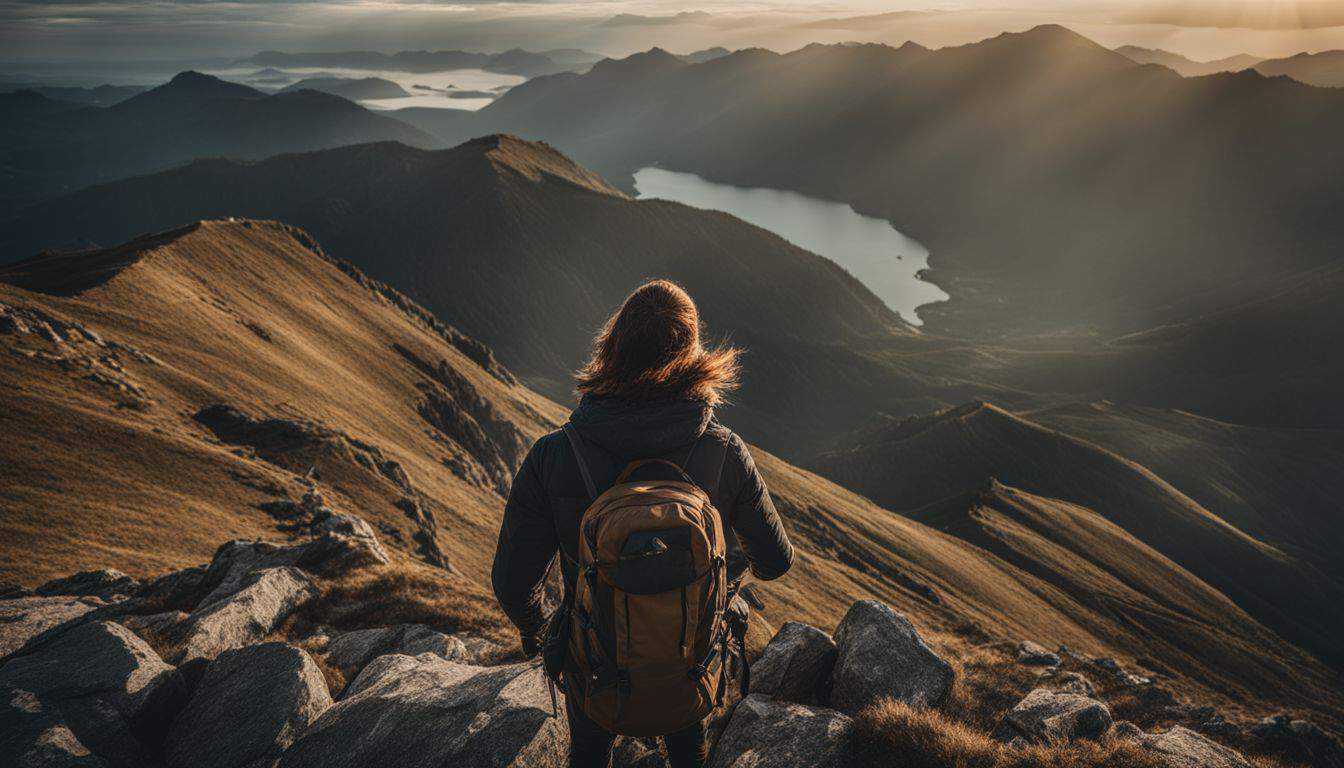
Learn tips for specific terrain types, such as boulder fields, river crossings, rock scrambling, beaches and sand, and snow.
When hiking in different terrains, it’s important to be prepared and have the right knowledge. Here are some tips for specific terrain types:
- Boulder fields: Take your time and choose stable footholds while navigating through boulder fields. Be cautious of loose rocks.
- River crossings: Before crossing a river during a hike, assess the depth and strength of the current. Use trekking poles for balance and check for stable footholds.
- Rock scrambling: When rock scrambling, maintain good balance and carefully choose your foot placement. Use your hands for support when needed.
- Beaches and sand: Hiking on beaches and sand can be challenging due to the unstable surface. Consider using lightweight footwear and trekking poles for stability.
- Snowy conditions: In snowy conditions, wear proper clothing and gear, including insulated and waterproof boots. Use gaiters to keep snow out of your boots. Carry microspikes for traction on icy surfaces.
- Snow bridges: Be cautious of snow bridges over water features as they can be unstable. Falling through a snow bridge can be dangerous.
Build Your Hiking Skills with Guided Treks
I absolutely love building my hiking skills through guided treks! It’s such a fantastic way to learn and grow as a hiker. When I first started out, I found that having an experienced guide by my side was incredibly helpful.
They taught me valuable techniques for tackling different terrains and gave me the confidence to push myself further.
One of the best things about guided treks is that they provide a safe environment for beginners like me to learn and practice new skills. Whether it’s navigating tricky boulder fields or crossing rivers, the guides are there every step of the way, offering support and guidance.
It’s also a great opportunity to meet other hikers who share your passion and exchange tips and stories.
Another advantage of guided treks is that you get to explore stunning landscapes that you might not have discovered on your own. The guides are experts in their field and know all the hidden gems along the trail.
They can point out interesting rock formations, rare wildlife sightings, or breathtaking viewpoints that you might have otherwise missed.
Overall, guided treks are an amazing way to build your hiking skills while exploring beautiful terrain with like-minded individuals. With knowledgeable guides leading the way, you’ll gain confidence, learn essential techniques, and create unforgettable memories on every hike.
So why not give it a try? Lace up those hiking boots and embark on an adventure of a lifetime!
Importance of Research and Planning for Long Hikes
When planning for a long hike, it is really important to do your research and plan ahead. This means taking the time to gather information about the hiking trail you want to tackle.
You should find out details like how difficult the trail is, how long it will take, and how far you will be hiking. By knowing these things in advance, you can better prepare yourself physically and mentally for the adventure.
Researching and planning also helps ensure your safety during the hike. When you know what kind of terrain to expect, you can pack accordingly with the right equipment and gear. For example, if there are steep inclines or rocky areas on the trail, you will want to make sure you have proper footwear that provides good traction.
Exploring maps and route descriptions beforehand allows you to navigate confidently while on your hike. It’s easier to stay on track when you’ve familiarized yourself with landmarks along the way.
This knowledge can prevent getting lost or ending up in dangerous situations.
Overall, taking the time to research and plan for a long hike not only ensures your safety but also enhances your overall experience by allowing you to be well-prepared for whatever challenges lie ahead on the trail.
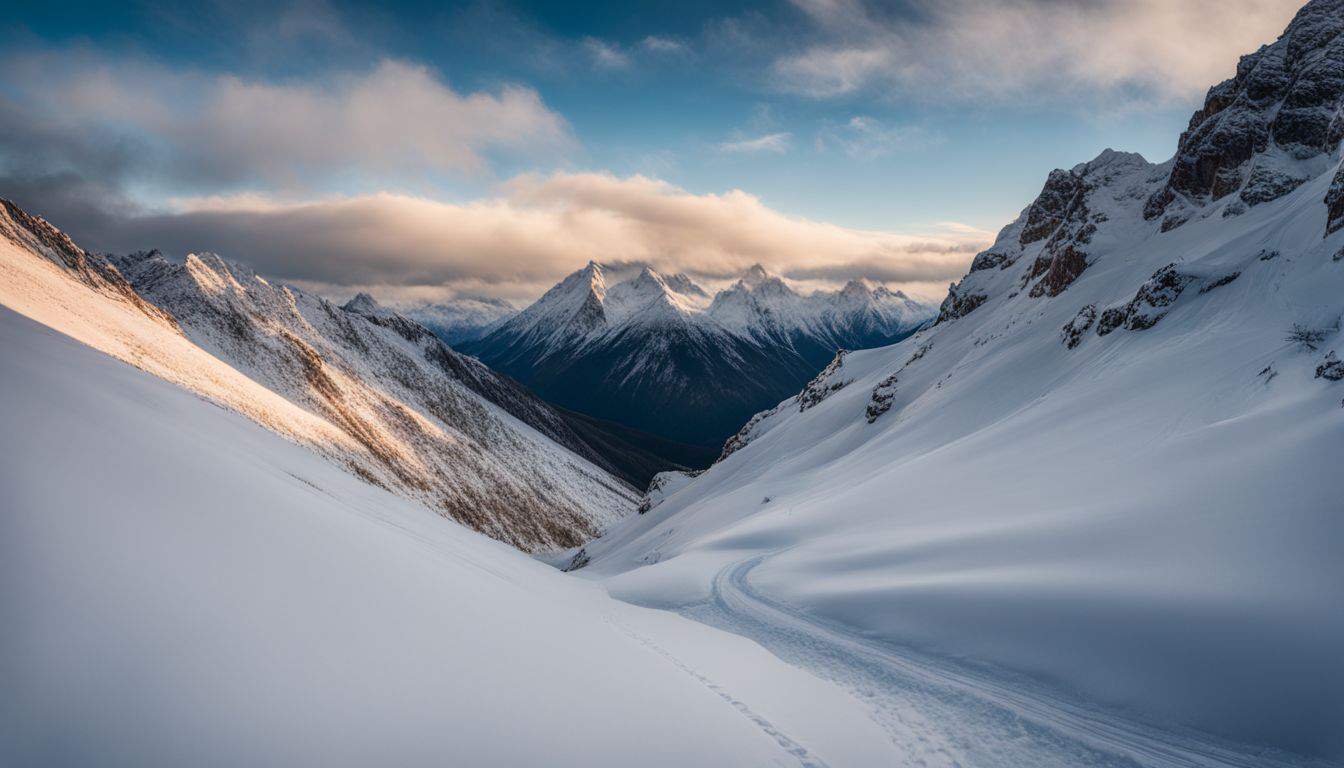
Training Tips for Long Hikes
When training for long hikes, it’s important to focus on building endurance and stamina. Here are some training tips to help you prepare:
- Start with shorter hikes and gradually increase the distance and difficulty over time.
- Incorporate cardio exercises like running, cycling, or swimming into your routine to improve overall fitness.
- Include strength training exercises to strengthen your muscles, especially in your legs and core.
- Practice hiking with a loaded backpack to get used to the weight you’ll be carrying during the hike.
- Gradually increase the weight of your backpack to simulate the conditions of a long hike.
- Set goals for yourself and track your progress to stay motivated throughout your training.
- Focus on proper nutrition and hydration, both during your hikes and in your daily life.
Gear Considerations for Long Hikes
When planning for long hikes, it’s important to consider the gear you will need. Here are some essential gear considerations:
- Backpack: Choose a backpack with enough capacity to hold all your gear comfortably. Look for one that has a supportive frame and adjustable straps.
- Sleeping Bag and Pad: Invest in a lightweight, compact sleeping bag that is suitable for the expected temperatures on your hike. Also, bring along a sleeping pad for added comfort and insulation.
- Tent or Shelter: Depending on the weather conditions and personal preference, you may need a tent or other type of shelter for camping overnight. Consider factors such as weight, size, and ease of setup when choosing your shelter.
- Clothing Layers: Pack clothing that can be layered to adapt to changing weather conditions. Include moisture-wicking base layers, insulating mid-layers, and waterproof outer layers.
- Footwear: Invest in a good pair of hiking boots or shoes that provide proper support and traction. Make sure they are comfortable and well broken-in before your hike.
- Navigation Tools: Carry a map and compass or GPS device to help navigate unfamiliar terrain. Familiarize yourself with how to use them before your hike.
- Food and Water Supplies: Plan your meals carefully and pack lightweight, high-energy foods. Bring enough water or have a way to purify water from natural sources along the trail.
- First Aid Kit: Carry a basic first aid kit with essentials like bandages, antiseptic ointment, pain relievers, blister treatments, and any necessary personal medications.
On-Trail Tips for Long Hikes
When hiking for long distances, it’s important to take certain precautions and follow these on-trail tips:
- Stay hydrated by drinking plenty of water throughout the hike.
- Pace yourself and take frequent breaks to rest and catch your breath.
- Always stay on the designated trail to avoid getting lost or causing damage to the environment.
- Be mindful of your surroundings and watch out for potential hazards like loose rocks or slippery surfaces.
- Use trekking poles to help maintain balance and reduce strain on your joints.
- Keep an eye on the weather forecast and be prepared for changes in conditions.
- Pay attention to any signs or markers along the trail that indicate direction or potential dangers.
- Take care of your feet by wearing comfortable, well – fitting socks and footwear.
- Carry a well – stocked first aid kit in case of any injuries or emergencies.
Backpacking Considerations for Long Hikes
Backpacking for long hikes requires careful preparation and consideration. Here are some important things to keep in mind:
- Plan your route and research the terrain beforehand.
- Make sure to have a sturdy backpack that fits well and distributes weight evenly.
- Pack essential gear such as a tent, sleeping bag, cooking equipment, and food.
- Don’t forget to bring plenty of water and a way to purify it if needed.
- Consider the weight of your pack and try to keep it as light as possible.
- Take into account the weather conditions and pack appropriate clothing and gear.
- Know your limits and be realistic about how far you can hike each day.
- Be prepared for emergencies by carrying a first aid kit and knowing basic wilderness survival skills.
- Stay organized by using packing cubes or dry bags to separate your items.
- Take care of your feet by wearing comfortable, well – fitting hiking boots or shoes.
Conclusion on Hiking In Different Terrains
In conclusion, hiking in different terrains can be an exciting and rewarding experience. By following these 19 top tips for growth, you can prepare yourself physically and mentally, choose the right gear, and develop the necessary skills to tackle various terrains.
Remember to always prioritize safety and plan ahead for a successful hiking adventure. Happy trails!
FAQs on Hiking In Different Terrains
1. What should I wear when hiking in different terrains?
Wear layered clothing, sturdy shoes or boots with good traction, and a hat to protect yourself from the elements.
2. How do I prepare physically for hiking in different terrains?
To prepare physically for hiking in different terrains, engage in regular exercise such as walking or jogging to build endurance and strength.
3. Is it important to bring a map and compass when hiking?
Yes, it is important to bring a map and compass when hiking in order to navigate unfamiliar terrains and prevent getting lost.
4. How can I stay hydrated while hiking?
To stay hydrated while hiking, drink plenty of water before, during, and after your hike. Carry a reusable water bottle with you on the trail.
5. Are there any safety precautions I should take when hiking?
Yes, some safety precautions you should take when hiking include informing someone about your plans, staying on designated trails, being aware of wildlife risks, and carrying basic first aid supplies.


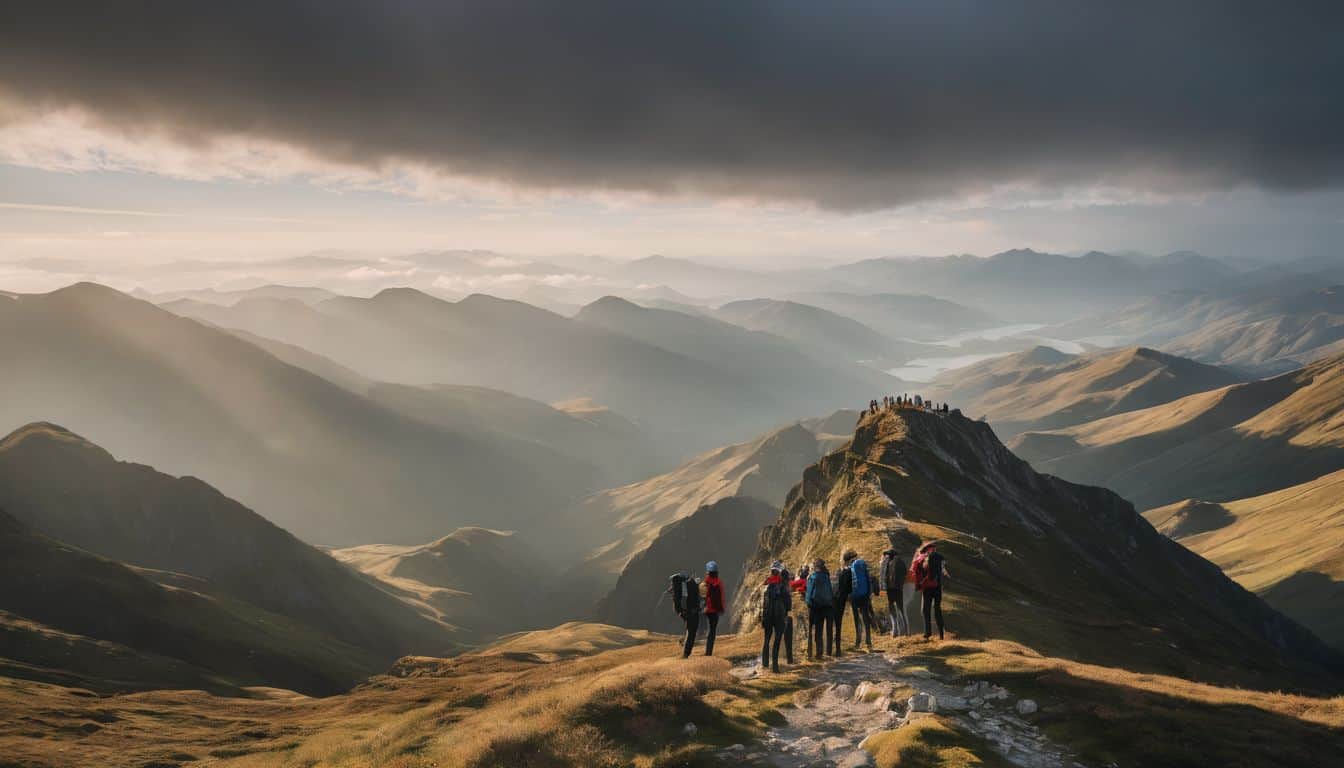
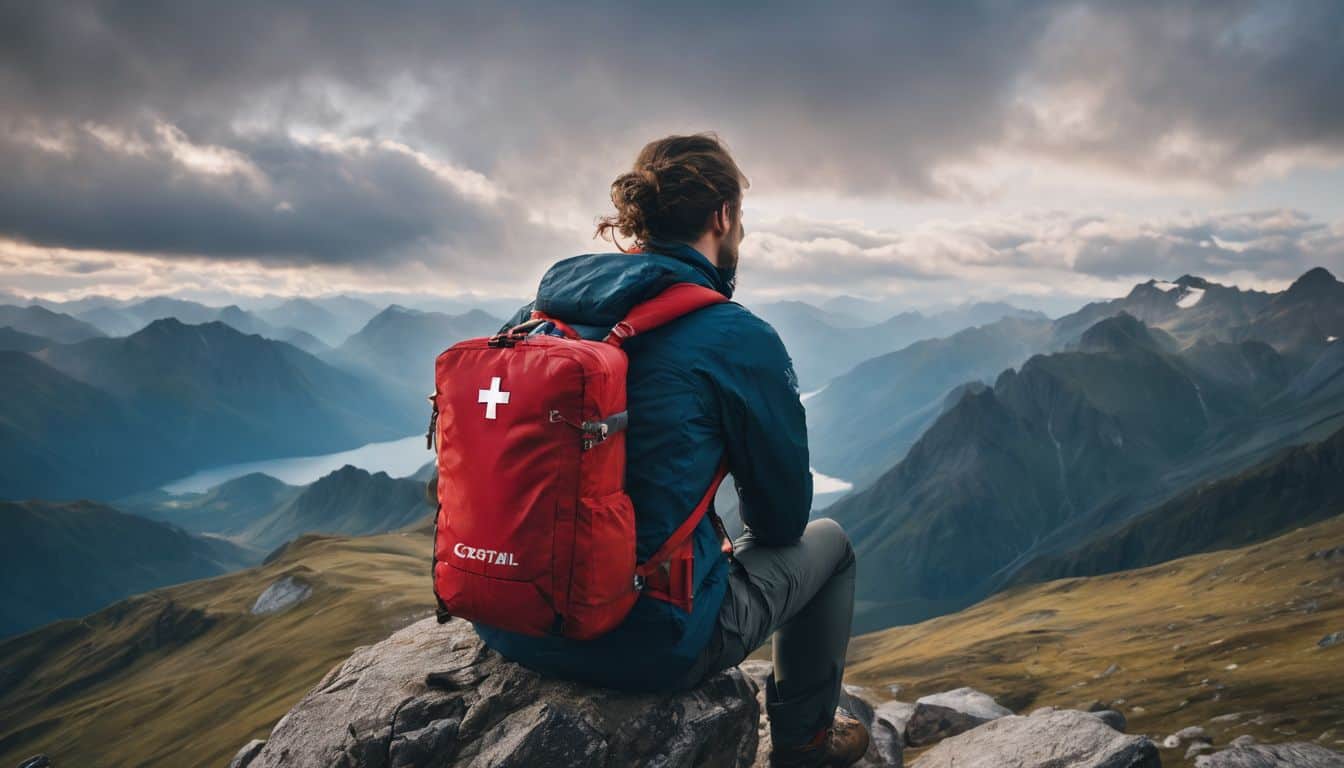
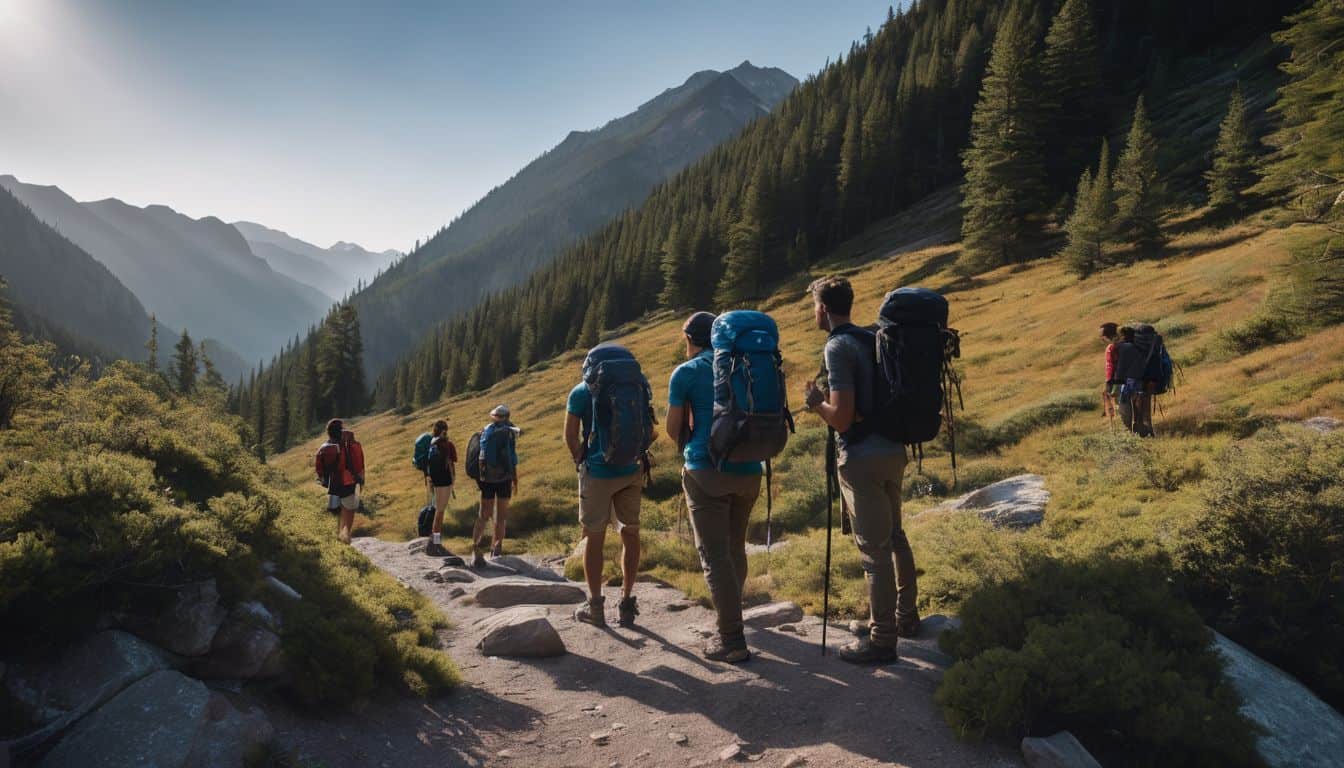
Leave a Reply